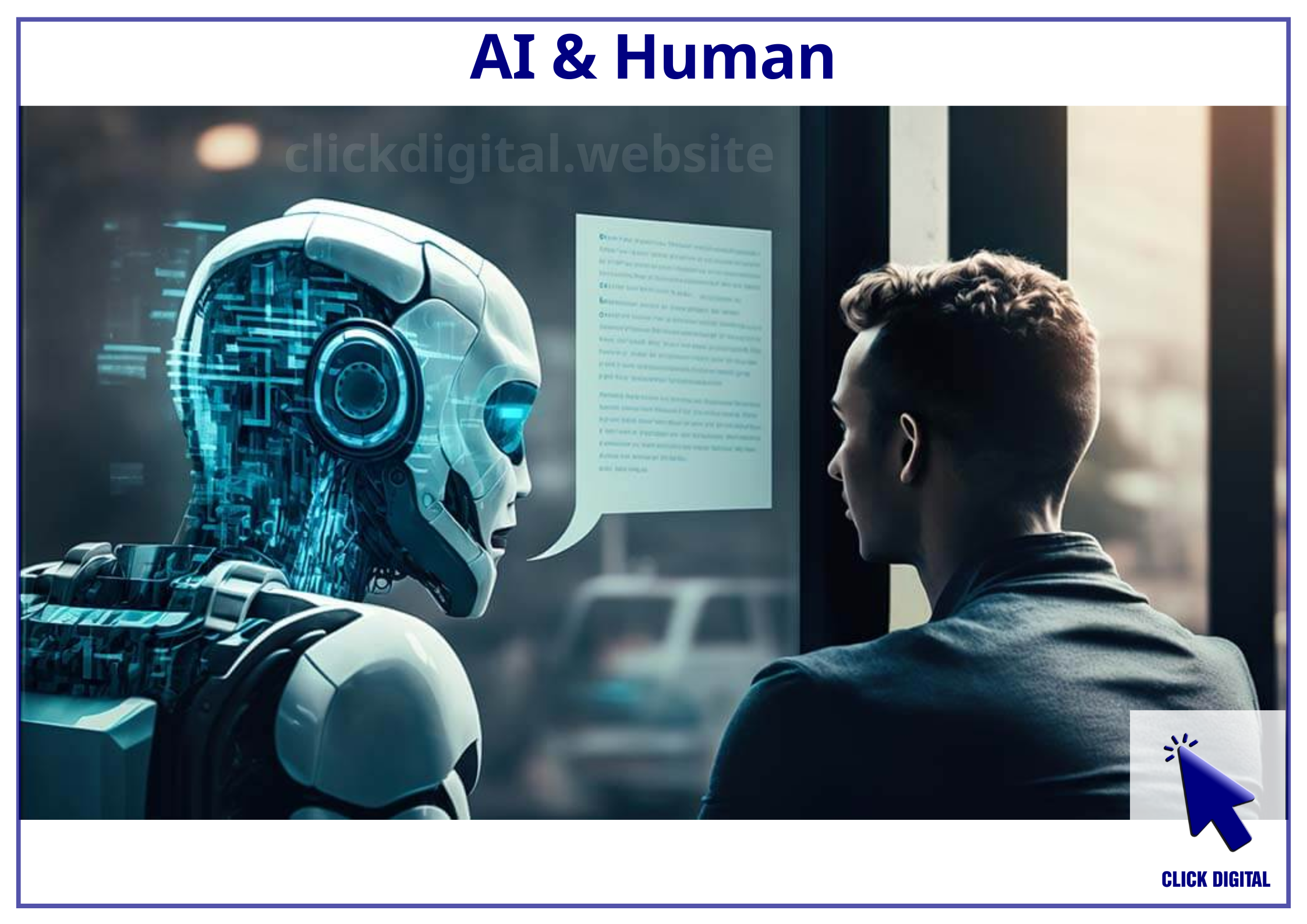Summary: New research from Hong Kong Polytechnic University has revealed a surprising aspect of artificial intelligence (AI): AI’s memory capabilities bear striking similarities to human cognition. The study, titled “Schrödinger’s Memory: Large Language Models,” suggests that AI can remember and process information in a way that closely resembles human perception.
Table of Contents
Does AI Remember Like Humans?
The researchers, led by Wei Wang and Qing Li, have introduced a new concept of AI memory called “Schrödinger’s memory.” This concept posits that AI’s memory only becomes apparent when queried, just as humans can only verify their memories by answering specific questions.
Research on AI’s Memory Capabilities
To test this hypothesis, the research team conducted experiments using various large language models (LLMs), including Qwen and Bloom models. They trained these models on datasets of Chinese and English poetry, then assessed their ability to recall complete poems based on minimal input information, such as the title and author.
The results were remarkable! Some models demonstrated near-perfect recall, remembering up to 99.9% of the poems they were trained on. This performance far surpasses the capabilities of an average human under similar conditions.
AI’s Dynamic Memory: Similar to Humans?
However, the researchers argue that this is not simply data storage and retrieval. Instead, they propose that LLMs generate responses dynamically based on input, similar to how humans reconstruct memories. This mechanism relates to AI’s understanding, based on receiving, processing information and empathizing with context, just like how humans reason and connect information. This aligns with the Universal Approximation Theorem (UAT), which the authors use to explain the underlying mechanisms of LLM memory.
| Feature | AI | Human |
| Type of Memory | Schrödinger’s memory (explained at the end of this article): dynamic memory, only revealed when queried | Dynamic memory, reconstructed and retrieved based on experience |
| Mechanism | Generates dynamic responses based on input, relying on UAT | Reconstructs memories, connects information, reasons based on experience |
| Performance | Can remember with up to 99.9% accuracy | Memory capacity is limited, varies from person to person |
| Capabilities | Similar to humans in understanding, reasoning, empathy | Understanding, reasoning, and empathy develop over time |
Potential Future Impact: AI More Intelligent and Closer to Humans?
This research has profound implications for the development of AI. It suggests that the gap between AI intelligence and human intelligence may be smaller than we imagined. As we continue to develop more advanced AI systems, understanding these similarities could lead to more effective and human-like AI interactions.
- Enhanced AI Interactions: Understanding the similarities between AI and human memory could lead to more natural and intuitive human-AI interactions.
- Improved AI Training Methods: Insights into how LLMs process and recall information could inform new, more efficient training techniques.
- Advancements in Cognitive Science: The parallels between AI and human memory may provide new avenues for studying human cognition and neuroscience.
- Ethical Considerations: As AI systems become more human-like in their cognitive processes, it may raise new ethical questions about AI rights and responsibilities.
- Personalized AI Assistants: With a better understanding of AI memory, we could develop more personalized and context-aware AI assistants that can maintain long-term “relationships” with users.
- Educational Applications: AI systems with human-like memory could be leveraged to create more effective and adaptive learning tools.
- Healthcare Innovations: In fields like mental health, AI with human-like memory processes could potentially assist in diagnosis or treatment of memory-related disorders.
Conclusion
As we continue to unravel the mysteries of artificial intelligence, discoveries like this remind us that the line between human and machine cognition may be blurrier than we once thought. The future of AI, informed by these insights, promises to be both exciting and profoundly impactful across numerous fields of human endeavor.
Do you agree with this conclusion? According to Click Digital, research on AI is progressing rapidly. We can see that AI is becoming increasingly sophisticated and capable of interacting with humans more naturally. What are your thoughts on this?
Notes
“Schrödinger’s memory” is a concept introduced by researchers Wei Wang and Qing Li from Hong Kong Polytechnic University in their study of the memory capabilities of large language models (LLMs). This concept describes how AI memory operates similarly to Schrödinger’s cat, a famous example in quantum mechanics.
Explanation:
- Schrödinger’s Cat: In this example, a cat is locked in a box with a radioactive device that has the potential to kill the cat. Before opening the box, the cat is considered to exist in a superposition state, both alive and dead simultaneously. It’s only when the box is opened that we definitively know the cat’s state.
- Schrödinger’s Memory: Similar to the cat in the box, AI’s memory is only revealed when queried. Before being asked about specific information, we cannot be sure if the AI remembers it. It’s only when asked that the AI responds and reveals its memory capabilities.
Meaning of Schrödinger’s Memory:
- Dynamic Memory: AI memory is not simply a static store of in

